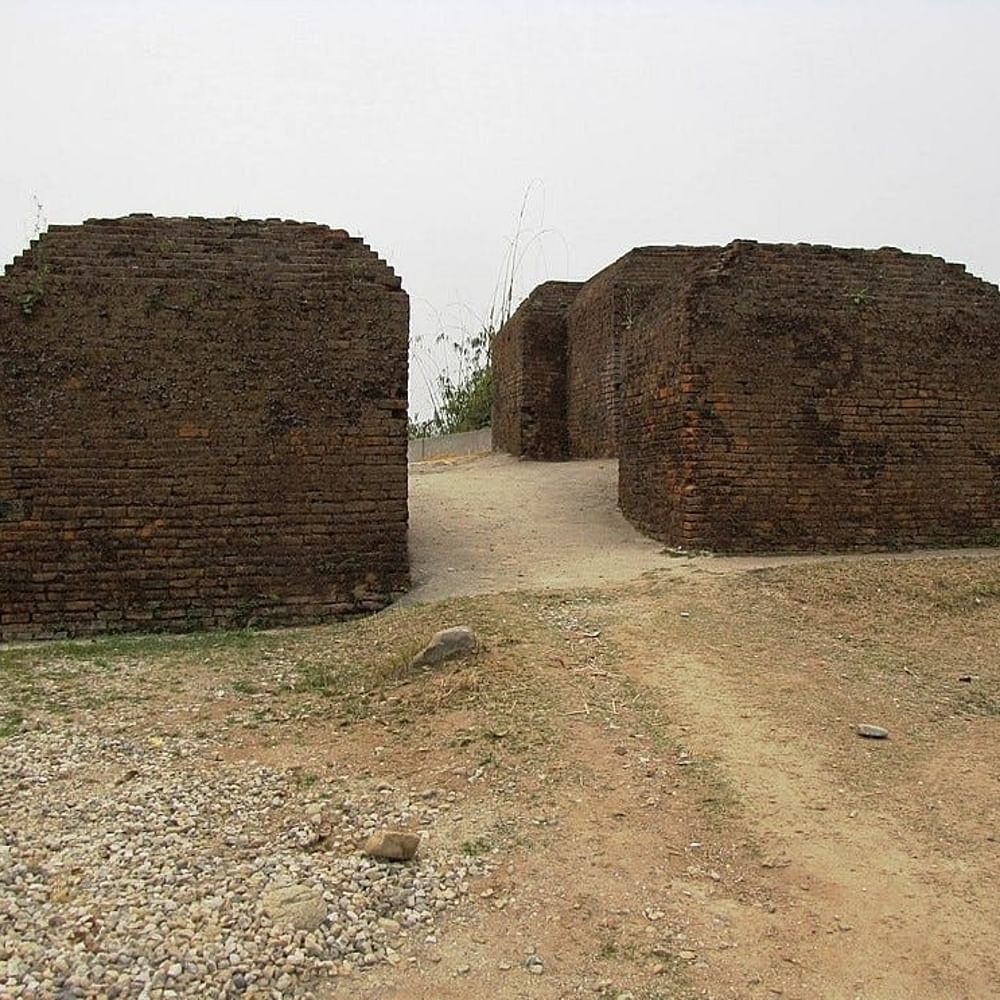Was history your favourite subject back in school? And do you prefer mountains over any other landscape? Then you must definitely drop by Arunachal Pradesh and explore its historical places. Read our recommendation to know more.
Travel Back In Time By Visiting These Historical Places In Arunachal Pradesh
World War II Cemetery, Changlang Overview
Turn the pages back to your class 10 history books and visit the World War II cemetery in Arunachal Pradesh's Changlang. Also called the Jairampur cemetery, this burial ground is located 25km from the Indo-Myanmar border. This cemetery houses the graves of World War soldiers, including the Chinese, Indians, Kachins and British.
Lake Of No Return
The name itself sends shivers down our spines! The Lake of No Return is visible from the Pangsau Pass, 12km from Nampong. The lake derives its weird name due to several deaths reported here. Historically, fighter airplanes used this spot for soft landing during the War, in times of emergencies after being downed by enemies. You should definitely include this on your checklist and make sure you return safely!
Gompa Temple
Perched on a hill top, Gompa Temple in Itanagar provides a gorgeous view of the town. In case you didn't know, it was inaugurated by His Holiness the Dalai Lama. The temple boasts paintings of Buddhist legends, a beautiful stupa as well as a statue of Lord Buddha.
Jawaharlal Nehru Museum
The Jawaharlal Nehru State Museum in Itanagar was established in the 1980s. Museums spell history in capital letters folks! The museum boasts a collection of artefacts related to tribal life of Arunachal Pradesh such as clothing, head-gear, weapons, handicraft and musical instruments. You will find an extensive ethnographic collection, including traditional art on the ground floor of the museum.
Ita Fort
Probably the most historically significant place in Arunachal Pradesh, Ita Fort literally means the 'fort of bricks'. The city of Itanagar is also named after the fort. The fort has an irregular shape, built mainly with bricks dating back to 14th or 15th century and having a length of 16,200 cubic metres. You will also find archaeological findings from the site at the Jawaharlal Nehru State Museum.


